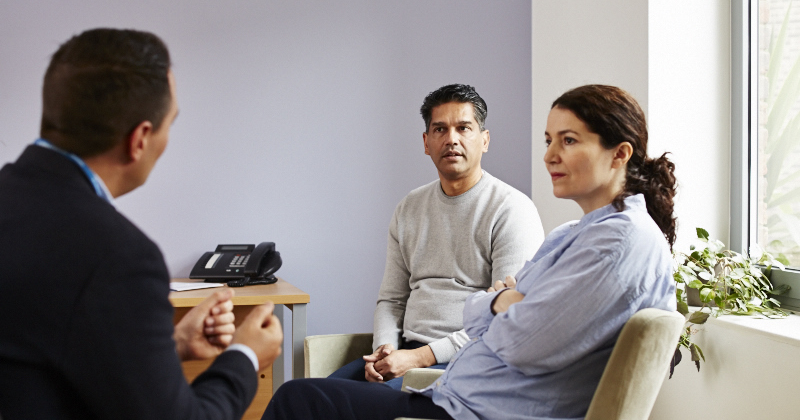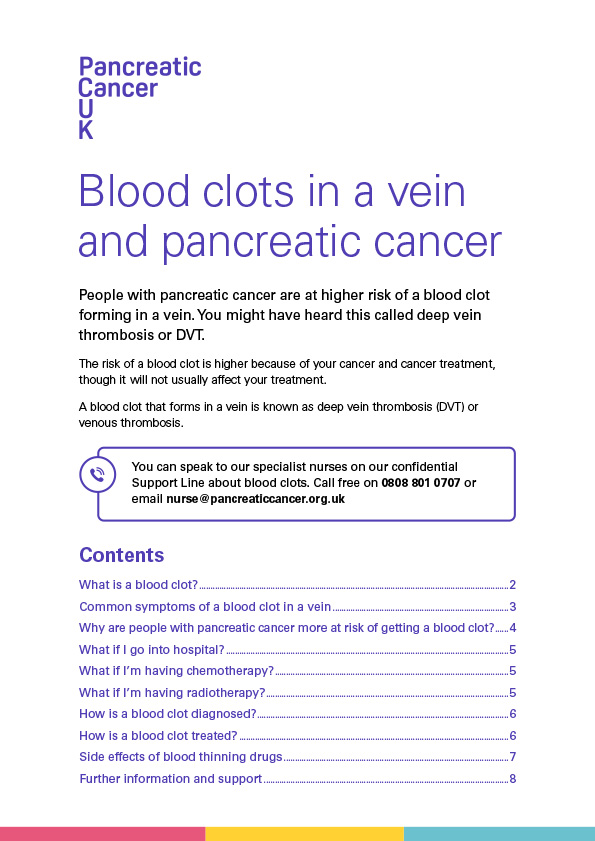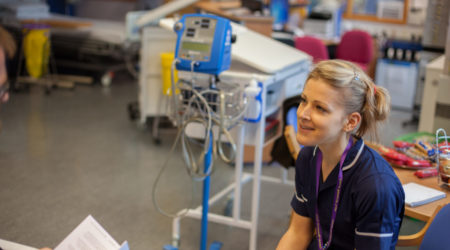What if I go into hospital?
If you are staying in hospital you will move around less, which increases the risk of a blood clot. You should be given information about how to reduce the risk, and your medical team should check for blood clots regularly. You may be given surgical stockings to wear to improve the blood flow in your legs. You will probably also be given medicine to thin the blood, which helps reduce your risk of a clot.
The medical team will get you moving as soon as possible. If you are not able to move around much, there are exercises you can do in bed. These include simple foot exercises, such as bending and straightening your toes. Try to drink enough fluids.
What if I’m having chemotherapy?
If you are having chemotherapy, your oncologist (cancer doctor) should consider whether you need blood thinning medicine to reduce the risk of clots. If you are given this, you will take it for as long as your chemotherapy lasts, or longer if your oncologist thinks you need it.
If you are already taking blood thinning medicine your oncologist will check that it’s suitable while you are having chemotherapy, and may change it.
You should be given information on ways to reduce the risk of a blood clot. Try to move around as much as possible, and drink plenty of fluids. If you have any symptoms that might be a sign of a blood clot, call the 24 hour emergency number you were given when you started chemotherapy. If you can’t get through on the emergency number, go to A&E.
What if I’m having radiotherapy?
If you are having radiotherapy for pancreatic cancer, you will not normally get medicine or surgical stockings to reduce the risk of clots. Radiotherapy treatment doesn’t increase the risk of getting a blood clot.
Read more about things that can reduce your risk of a blood clot. If you have any symptoms that might be a sign of a blood clot, tell your GP or medical team straight away, or go to A&E.







